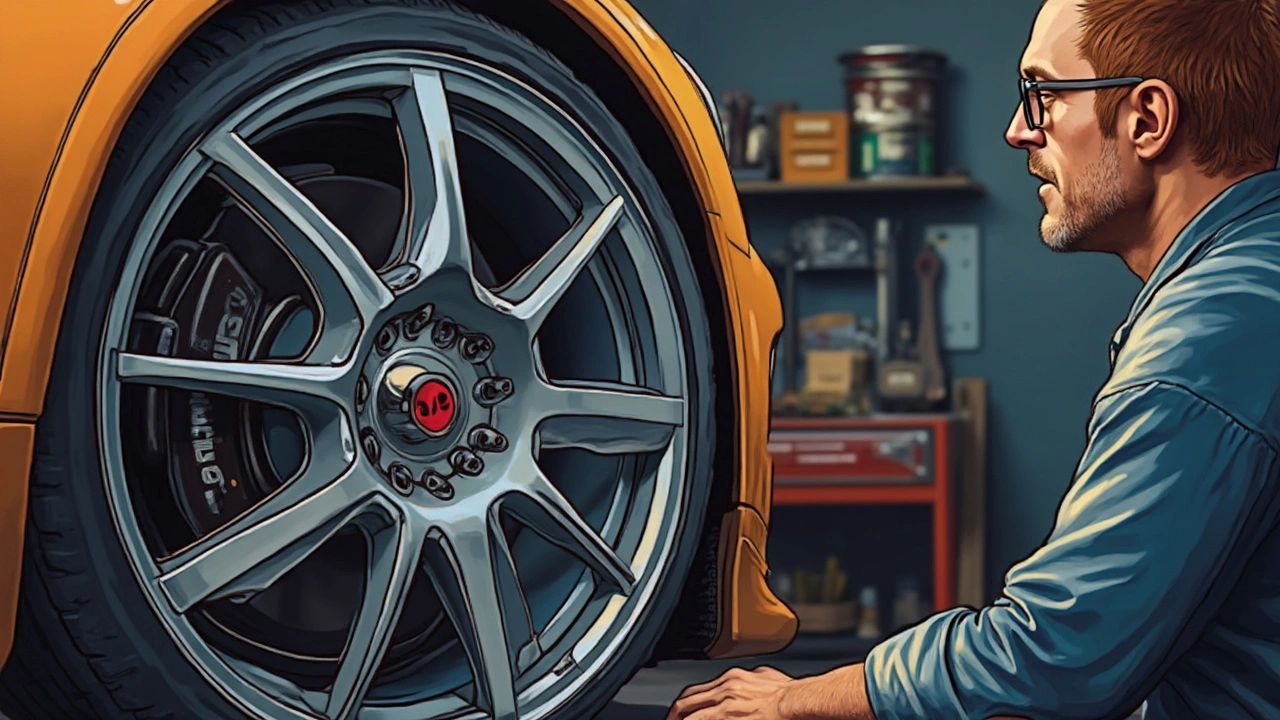Wheel Balancing: Why It Matters and How to Do It Right
Ever felt a thump in the steering wheel at certain speeds? That’s often a sign your wheels aren’t balanced. When a wheel’s weight isn’t evenly spread, the tire can wobble, hurting your comfort and tire life. Balancing fixes that wobble by adding tiny weights to the wheel rim, making the whole assembly spin evenly. It’s a cheap, quick fix that saves you from bigger problems like uneven tire wear, suspension stress, and noisy rides.
Common Signs Your Wheels Need Balancing
Not sure if you need a balance? Here are the usual clues:
- Vibration in the steering wheel, especially between 30‑70 mph.
- Shaking in the seat or floor when you hit higher speeds.
- Uneven tire wear – look for feathered edges or cupping.
- Noise that changes with speed but not with road texture.
- After a tire rotation or new tire install, the shake returns.
If you notice any of these, grab a cheap check‑up at a shop or try a DIY balance before the issue gets worse.
DIY Balancing Steps and Pro Tips
Balancing at home isn’t rocket science. You’ll need a good wheel balancer (or a rental), a set of clip‑on or stick‑on weights, and a clean work area. Follow these steps:
- Mount the wheel. Secure it on the balancer’s spindle and make sure it spins freely.
- Spin the wheel. The machine will tell you where the heavy spot is – usually with a light or a digital readout.
- Apply the weight. Attach the weight opposite the heavy spot. Clip‑on weights stick to the rim’s back, while stick‑on weights adhere to the outer edge.
- Re‑spin. Run the wheel again. If the readout still shows imbalance, add a second weight or adjust the first one.
- Check both sides. Do the same for the opposite side of the wheel; balance both ends for best results.
Tips from pros: always clean the rim before applying weights; use the smallest weight that does the job to avoid over‑balancing; and double‑check after a short test drive. If the vibration persists, it might be a bent rim or a suspension issue, so a shop visit is wise.
Balancing isn’t a one‑time chore. Every time you get new tires, rotate them, or hit a pothole hard, give the wheels a quick check. Keeping wheels balanced extends tire life, improves fuel economy, and makes every ride smoother.
Our tag page also points you to related reads like “Alloy Wheels vs. Steel Rims” and “Do Wheel Spacers Cause Bearing Failure?” – both can affect wheel balance indirectly. Browse those articles for deeper insights on how wheel choices and accessories interact with balancing.

What is the Red Dot on Alloy Wheels?
The mysterious red dot on alloy wheels often puzzles car enthusiasts and drivers alike. This tiny mark plays a significant role in the proper alignment and balance of your wheels. Understanding its purpose can greatly enhance the installation process of new tires, ensuring a smoother ride. Dive into the specifics of what this red dot signifies, and learn how it relates to vehicle performance.